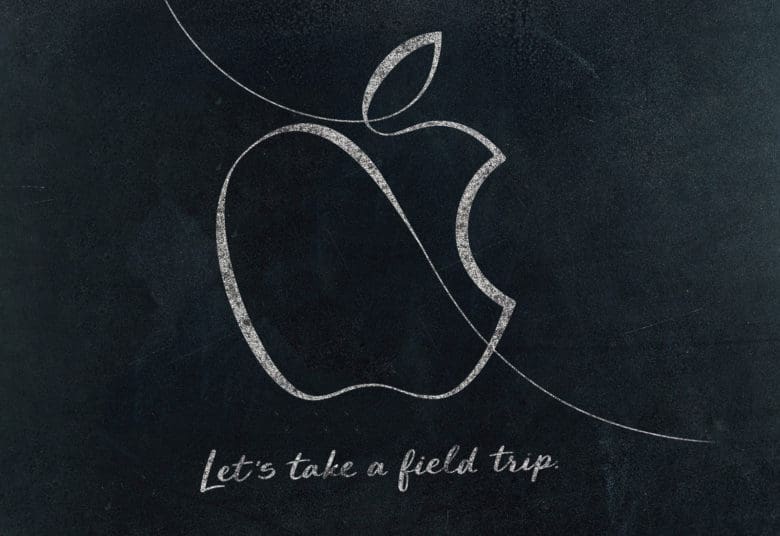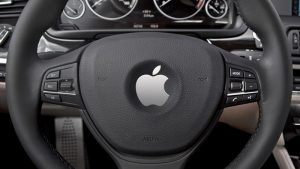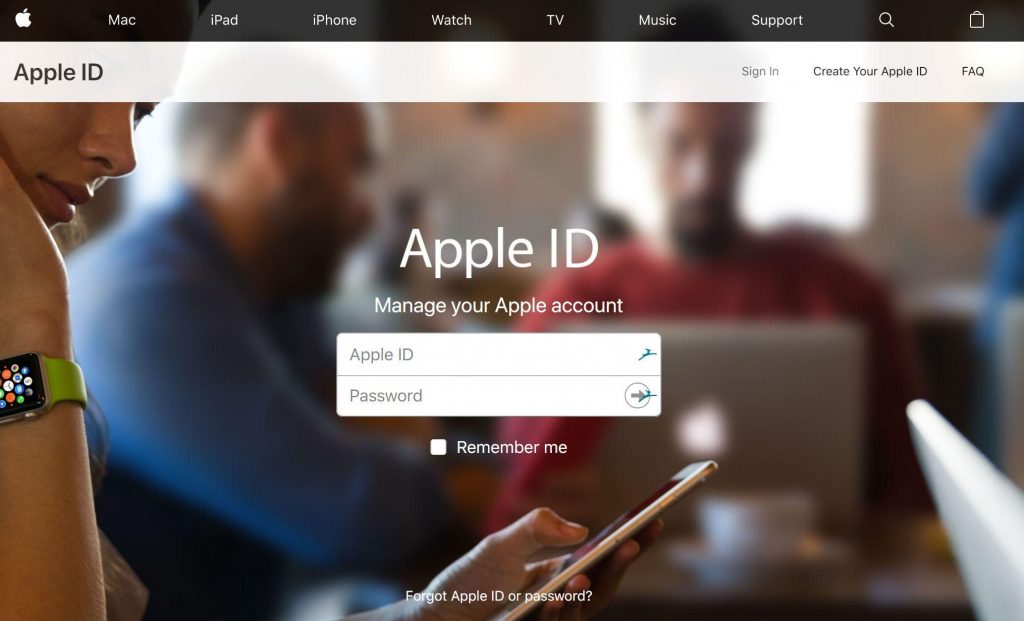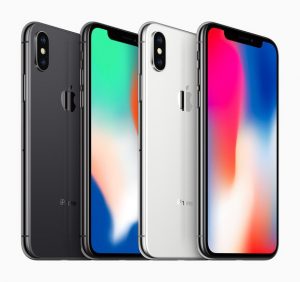In Apple’s first major event of 2018, it will take place at 10 a.m. Central time at Lane Tech College Prep High School in Chicago. Instead of focusing on iPhones and Apple Watches as per usual, this keynote will be all about education and creativity.
Considering the event is happening at a high school, the infrastructure to provide a solid livestream might not be available. However, there will still be a liveblog of everything that’s going down at the event.
Software will be the main focus of Apple’s education event, ClassKit being the biggest star. The new Apple framework will help developers create better educational apps; for example, students will be able to answer quizzes remotely and have the answers transmitted to a teacher via iCloud. A “kiosk mode” that locks a student into one app was also discovered. Dozens of other features that haven’t leaked out yet will also be included in the ClassKit release.
In order to run ClassKit apps, iPhone and iPad users will need iOS 11.3. Therefore, it is likely that Apple will release the final version of the iOS update after the keynote. iOS 11.3 comes with many new features, including battery health metrics, new Animoji for iPhone X, business chat on iMessage, and others.





